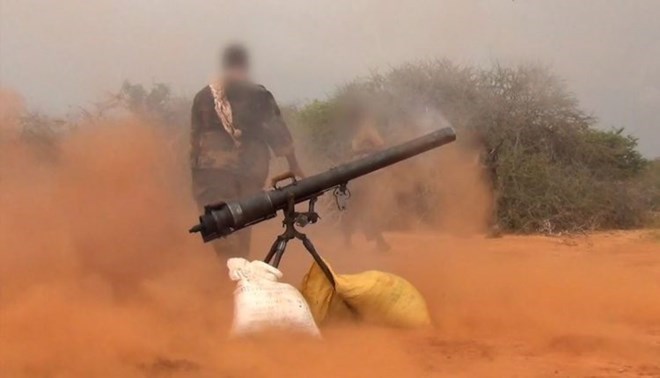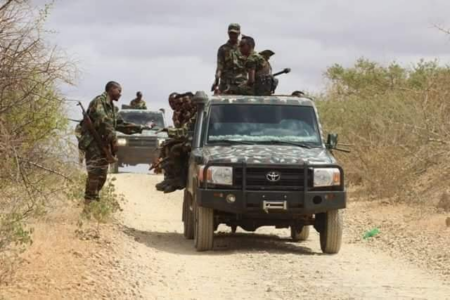Two people were killed and five others injured after mortar attacks struck near the Somali Presidential Palace in Mogadishu. The blasts triggered panic in the area, highlighting the persistent security threats facing Somalia’s capital. No group has yet claimed responsibility, but suspicion falls on Al-Shabaab militants who often target high-security zones.
Increased Frequency of Mortar Attacks in Mogadishu
Recent months have seen a noticeable uptick in Mortar Attacks targeting critical zones in Mogadishu. According to local security reports, over 15 such incidents have occurred in the first quarter of 2025 alone. These attacks mostly focus on government buildings and foreign missions. Analysts point to insurgent groups intensifying efforts to destabilize the capital.
Civilian Casualties Continue to Mount Amid Ongoing Conflict
Data from local hospitals shows a 30% increase in civilian injuries linked to conflict-related incidents compared to late 2024. Many of the wounded are women and children caught in residential areas near strategic targets. Human rights organizations have raised alarms over the growing human cost. These trends reflect the vulnerability of urban populations in Somalia’s ongoing instability.
Security Response Remains Inadequate in High-Risk Zones
Despite security forces deploying rapid-response units, gaps in intelligence and area coverage persist. Internal reviews by Somali authorities highlight logistical and resource constraints in defending high-risk zones. Patrols often arrive after attacks have already occurred, leaving communities exposed. International partners have urged enhanced support for local forces.
Government Urged to Prevent Future Mortar Attacks
With the public’s trust in security weakening, analysts stress the need for advanced surveillance and stronger counterterror strategies to prevent future Mortar Attacks. Pressure is mounting on the Somali government to collaborate more effectively with allies. Stakeholders emphasize data-driven approaches to preempt threats and secure civilian zones. Long-term planning and international backing are seen as critical components of future stability.








